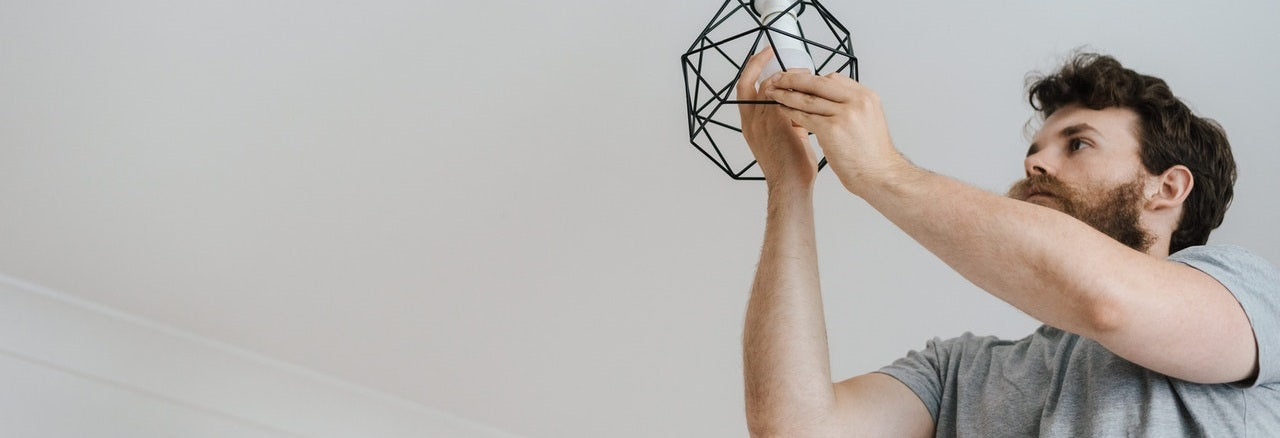
“Ever since we created electric light 125 years ago, we’ve been living in a perpetual summer,” says Fred Maxik, the chief science officer of light bulb maker Lighting Science Group.
The near-constant onslaught of artificial light has been shown time and again to upset the natural circadian rhythms that regulate many of our bodies’ functions. Circadian disruptions mess with our sleep-wake cycles, causing sleep disorders, and have also been linked to depression and hormone disruptions.
“There is this growing body of evidence of these circadian disruption-hormone disruption ties and it’s likely linked to various diseases — things like the growth of hormone-related cancers, such as prostate and breast cancer,” Maxik told CBS News.
According to Dr. Michael Breus, a Fellow of the American Academy of Sleep Medicine, light “could be a critical piece to many puzzles, like depression, fatigue, moodiness, lowered libido” and more.
And that’s where Maxik’s Lighting Science Group is stepping in. The company announced Tuesday that it would add warning labels to all its products, alerting consumers to the dangers of artificial light and directing them to a website where they can learn about the latest research.
The labels say, “Exposure to certain electric lights may cause biological effects, some potentially disruptive.”
“Ever since Edison invented electric light, we’ve changed what was once natural,” Maxik said. “Our hope is that this will help educate the public.”
Many scientific reports have found that the blue spectrum light emitted from TVs, computers, smartphones and tablets, as well as from regular incandescent and compact fluorescent lights (CFLs), suppresses secretion of the hormone melatonin that helps us fall asleep. That leads to trouble sleeping, which in turn brings on a host of other issues, such as weight gain, mood disorders and increased risk of heart disease and diabetes.
On the flip side, bright light in the early hours of the day makes you feel more alert and improves mood.
To that end, Lighting Science sells different bulbs for different uses. The Good Night LED bulb emits less light in the blue region of the spectrum, so as not to interfere with sleep-promoting melatonin production. The blue-enriched Awake and Alert bulb is intended to “boost energy, promote alertness and enhance performance” when flipped on during the day.
Breus said, “I applaud Lighting Sciences for stepping up to the plate to get us all talking about the healing, and possibly disruptive, effects of light.”
The warning labels should start showing up on shelves across the U.S. in August. But isn’t the company worried that when people see a light bulb that has a warning on it, they’ll just reach for one that doesn’t?
Maxik said he’ll take that chance and hopes other companies eventually follow suit.
“Its not meant as a scare tactic. But if we can educate folks in a way that mitigates the negative effects, I think it’s the right thing to do.”
Also, check out our collection of high quality blue light filter glasses.
Block out all the light with our luxurious 100% Silk Sleep EyeMask.
Leave a comment
Comments will be approved before showing up.